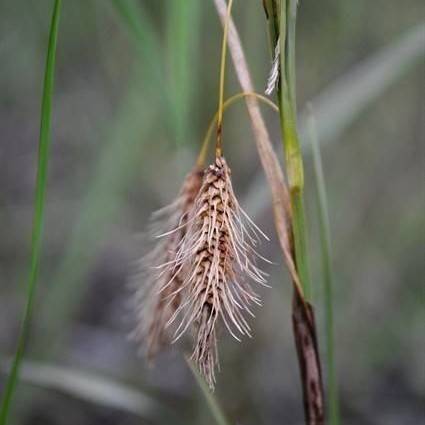
Sedge
Carex paleacea x
Watering:
Frequent
Hardiness Zone:
Flowers:
Flowers
Sun:
Sun
Leaf:
Yes
Growth Rate:
Low
Drought Tolerant:
Yes
Salt Tolerant:
Yes
watering
Thick Head Sedge should be watered regularly and thoroughly. Watering should be done either early in the morning or in the evening. During the summer months, it is important to water at least once per week to keep the soil slightly moist. During the winter months, watering can be reduced to once every 2 weeks. In either case, water until the water seeps out of the drainage holes at the bottom of the pot.
sunlight
Thick Head Sedge (Carex pachystachya) requires full sun or partial sun for 4-6 hours a day. It can also tolerate partial shade, but for optimal growth, it is best to keep it in direct sunlight. More sun will mean faster growth and increased vigor, but the plant should be given some shade in the hottest part of the day, especially during the summer months. The optimum temperature range for this species is 55-75 degrees Fahrenheit, and it should be avoided temperatures colder than 40 degrees Fahrenheit or warmer than 85 degrees Fahrenheit.
pruning
Thick Head Sedge should be pruned 2 to 3 times a year. In mid-spring, the outer leaves should be trimmed or cut down to a size just below the clump. In late summer or early fall, cut back taller stems and dead foliage. This will promote new growth the following spring. Finally, in late fall, tidy up the plant by removing any discolored foliage or deadheaded flowers. All pruning should be done by hand with a pair of sharp gardening shears.
